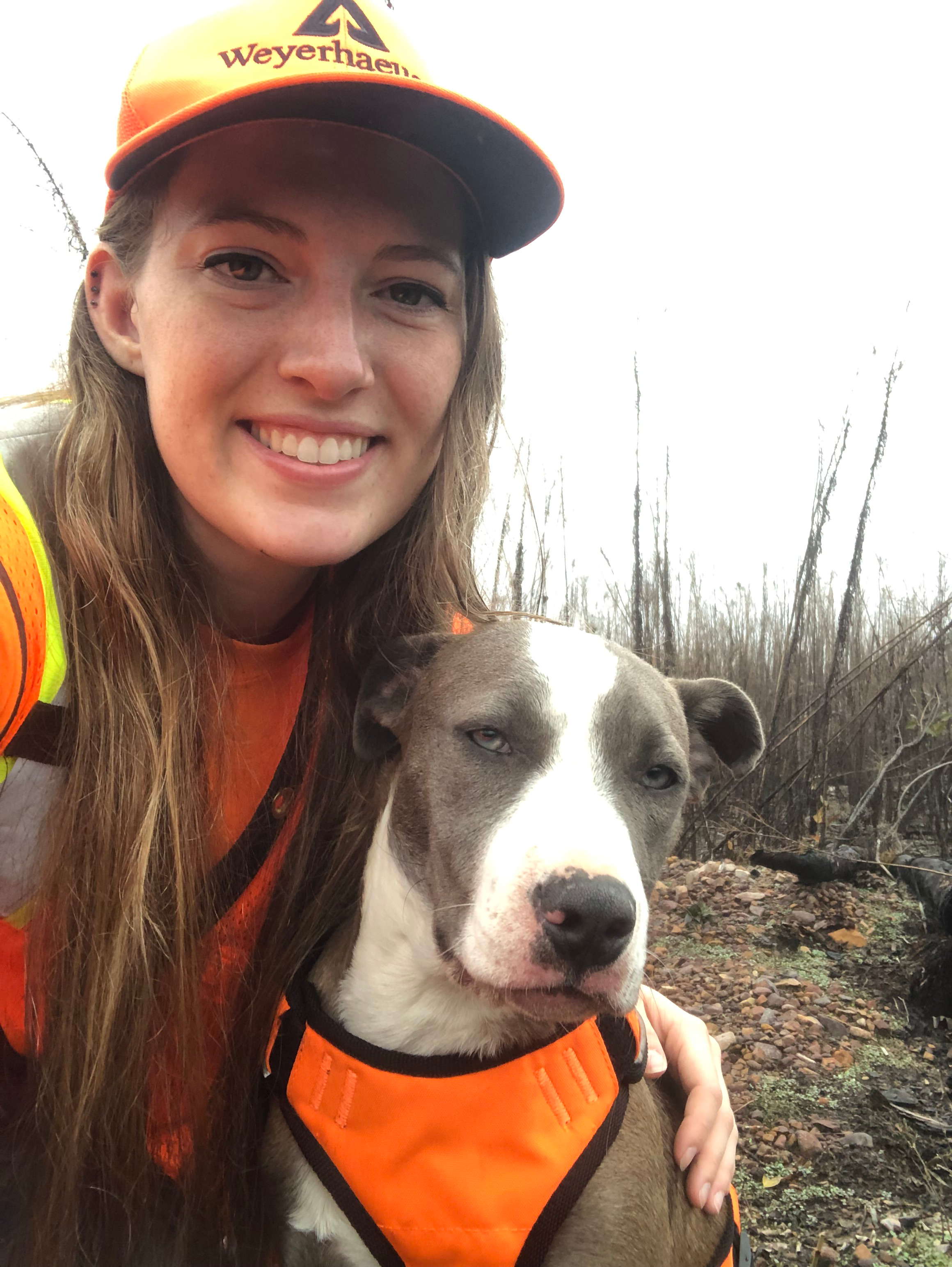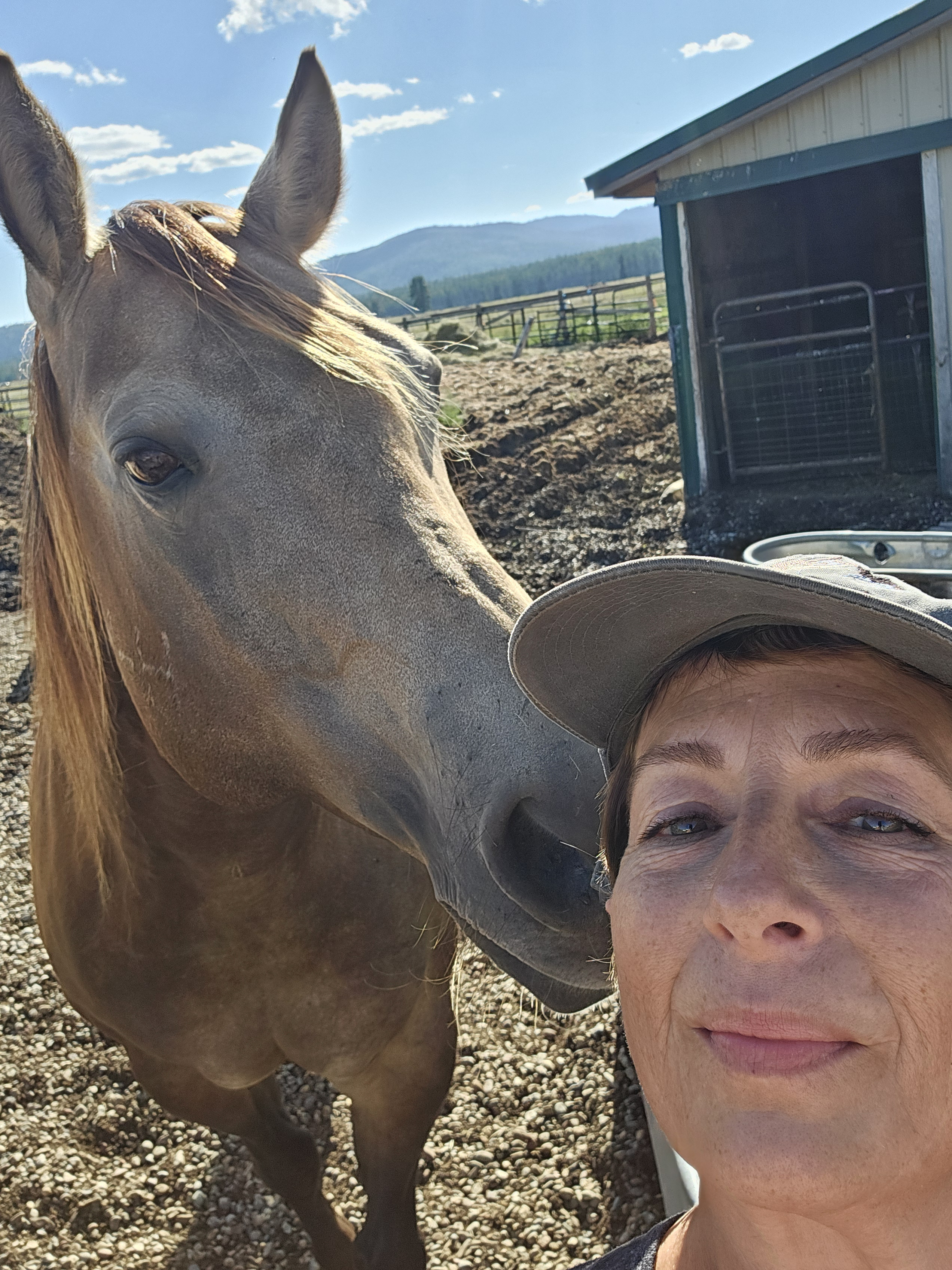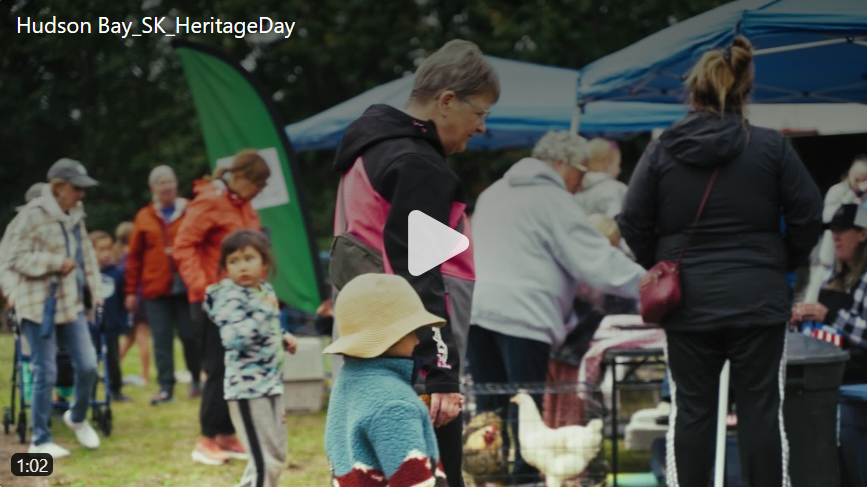
Rebekah does a survival survey with her field companion, her dog Penny.
Rebekah Allen believes the heart of innovation is improvement. So, when she became dissatisfied with an inefficient process for collecting critical seedling survival data, she looked for a way to make it better.
“For me, innovation is about identifying problems or challenges,” says Rebekah, who now leads our seedling nursery in Magnolia, Arkansas. “I look for the most difficult thing to do, or what’s currently the hardest part of my job. Then instead of complaining about it, I ask, ‘What if we tried something different?’”
One such moment occurred in fall 2020. Back then, Rebekah was a silviculture forester in Broken Bow, Oklahoma, and had spent her office time inputting handwritten data from seedling survival surveys into a spreadsheet, then transferring the spreadsheet data into our Forest Management System. She realized it would take several more mornings over several months to complete data entry for all her surveys. Unless she made a change.
“Everything we do is fluid,” she says. “We’re all empowered to speak up and find people around us who can help make change happen.”
The multi-step, paper-based data entry process wasn’t just time-intensive. It was also prone to transcription errors due to typos and misread data columns and rows. She figured a streamlined approach might benefit not just her own work and her regional team, but possibly even our entire Timberlands business.
She was right. Today, her resulting seedling survival app has evolved into a critical data-gathering tool used throughout Timberlands.
“What started as a creative way to simplify Rebekah’s work has resulted in a scale efficiency improvement and has reduced errors across all of Timberlands,” says Brian Chaney, vice president of Engineered Wood Products and Innovation. “Overall, it’s led to a time savings of more than 300 hours of manual data entry across just Southern Timberlands."
For her work transforming data collection in our timberlands, Rebekah was recognized as one of six recipients of the 2023 Innovator of the Year award. Launched in 2021, this annual award recognizes and celebrates employees who are driving improvements and fueling operational excellence through their ideas, actions and the innovative environment they help create on their teams.
Rebekah uses her iPad to input survival survey data directly into the Survey 123 application in the field.
SIMPLIFYING SEEDLING SURVIVAL AUDITS
In silviculture, seedling survival audits are conducted on sample plots four to six months after planting. The findings inform subsequent harvest management practices, including replanting, interplanting and pre-commercial thinning.
“We take samples on about one plot per 10 acres and extrapolate our findings across a newly planted area,” Rebekah says. “We count the number of dead seedlings, of ‘volunteer’ conifer and hardwood seedlings (which are naturally sown, rather than planted), assess shrubby growth and more.”
Until Rebekah’s innovation, silviculture foresters recorded all their findings on paper forms to be manually entered in the office. But using mobile apps in the field is nothing new — foresters already used several apps, primarily map-related.
Suspecting that digital forms were a possible solution, Rebekah explored some options and submitted a prototype idea to CuttingEdge (an internal idea-sharing platform open to all employees). Soon after, the Southern Timberlands Innovation Council selected her idea for implementation and formed a team: Rebekah; Greg Dunnigan, GIS development analyst; and Tommy Tadlock, Timberlands inventory manager.
“As we started to investigate options, we discovered that Esri, our GIS software mapping vendor, had just launched a forms tool for their suite of apps,” Rebekah says. “We ended up being the first Weyerhaeuser team to take advantage of the new Survey 123 application — which ended up spurring hundreds of additional internal apps within Survey 123!”
It was almost too good to be true. Esri provides the ArcGIS mapping system our foresters have long used on desktop and mobile devices. Survey 123 would enable Rebekah and the team to overlay ground survey data onto field maps and seamlessly integrate data into our Forestry Management System.
But as with any innovation, sometimes even seemingly simple ideas can become more complicated than anticipated.
One of the plots Rebekah has surveyed for one-year seedling survival. Here, the seedlings are growing in the shallow furrow.
ADDRESSING CHALLENGES
“We encountered several hurdles along the way,” Rebekah says. “We had to build our form from scratch — including all the formulas that work in the background — because nothing like it had existed before.”
Other surprises cropped up during field testing.
“We discovered that foresters in different areas and regions structure their sample plots differently,” Rebekah says. “Some prefer rectangular or square plots, while others use circular plots.”
Each methodology has strengths and weaknesses, so Rebekah and her team wanted to account for this variability. By doing so, the system could perform data extrapolations more accurately and keep a record for future comparisons. After testing possible solutions, they added a drop-down menu for foresters to select which method they were using.
BUILDING ON SUCCESS
By the fall of 2021, foresters across Southern Timberlands were using the app to log their seedling survival survey data, eliminating hundreds of hours of tedious manual data entry while improving data accuracy and timeliness.
And Rebekah and her innovation team didn’t stop there. More functionalities continue to be added to the app, including automatically suggesting random sample plots, auto-tagging data-entry locations, and a special function for auditing planting quality. Its features include capturing QR codes attached to seedlings to track data such as origin and family, as well as capturing photos tagged with geolocation data. It also manages contractor data, including trees planted per acre, which is used to pay contractor invoices.
Rebekah and her team are now working to add site prep functionality to the app, which will simplify collecting and maintaining pre-planting data.
“We kind of worked backward, from survival to planting prep,” Rebekah says. “It’s really exciting to watch the app evolve and grow. I never expected an idea to save me time would end up being such a huge time-saver for so many others.”


